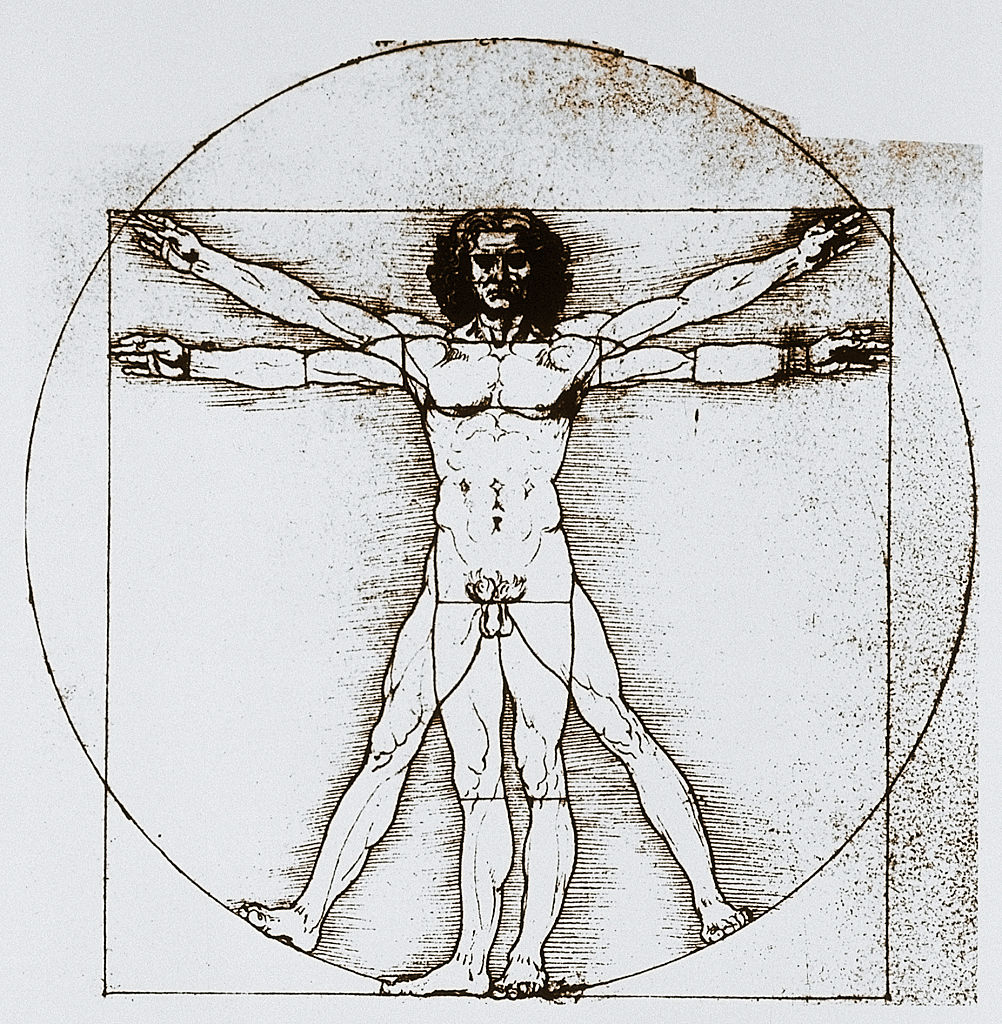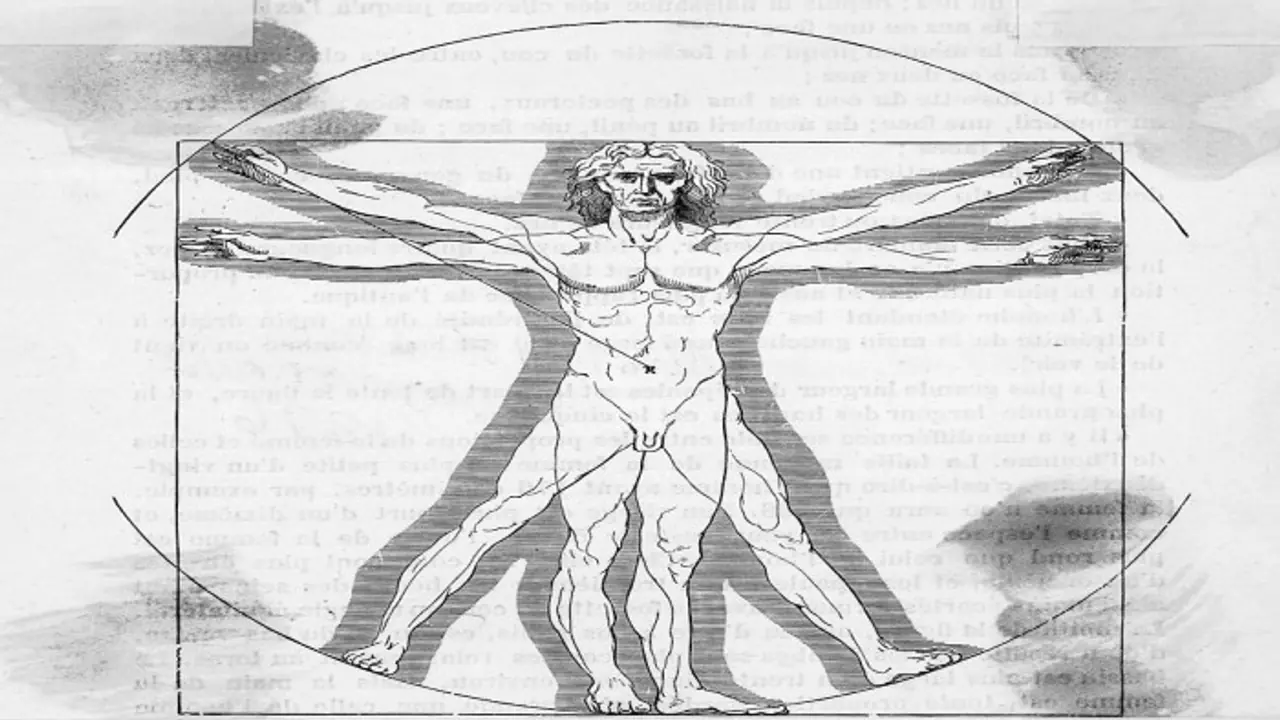According to a London-based dentist named Rory Mac Sweeney, the key to understanding the Vitruvian Man, it turns out, was hiding between the figure’s legs.
Over five centuries ago, Leonardo da Vinci etched his legendary Vitruvian Man—a timeless fusion of art, science, and symmetry—capturing what he perceived to be the perfect proportions of the human form. But behind this iconic sketch of a nude male poised within a circle and square, a deeper, mathematical enigma has eluded scientists for generations.

Now, in a striking revelation, London-based dentist and genetics graduate Dr. Rory Mac Sweeney claims to have unraveled the elusive code behind the Renaissance genius’s anatomical masterpiece. And the answer, he says, has been hiding in plain sight: an equilateral triangle between the figure’s legs.

The real Da Vinci Code is SOLVED after 500 years
Citing da Vinci’s own manuscript notes, Dr. Sweeney explains that this triangle is not an arbitrary embellishment—it’s a meticulously calculated form echoing a divine design principle seen repeatedly across nature.
Upon closer examination, Dr. Sweeney identified the triangle as Bonwill’s Triangle—a foundational geometric configuration in dental anatomy that governs the optimal mechanics of the human jaw. Astonishingly, when this triangle is used to derive proportions in the drawing, it reveals a precise ratio of 1.64 between the square and the circle. This value aligns almost perfectly with a so-called “blueprint number” of 1.6333, a mathematical constant that surfaces in everything from human cranial dimensions to the crystalline lattice of unbreakable materials and the densest packing of spheres.
“We’ve all been looking for a complicated answer, but the key was in Leonardo’s own words,” said Dr. Sweeney, a graduate of Trinity College Dublin’s School of Dental Science. “He was pointing to this triangle all along. What’s truly amazing is that this one drawing encapsulates a universal rule of design."
“It shows that the same ‘blueprint’ nature uses for efficient design is at work in the ideal human body. Leonardo knew, or sensed, that our bodies are built with the same mathematical elegance as the universe around us.”
Far from being a mere aesthetic marvel, Vitruvian Man, according to Dr. Sweeney, is a profound scientific hypothesis—centuries ahead of its time.
Created around 1490, the sketch was inspired by Roman architect Marcus Vitruvius Pollio, who theorized that the human form could nest perfectly within both a square and a circle, though he provided no mathematical method. Da Vinci solved that visual riddle, yet never publicly disclosed the exact geometry behind his execution—until now.
Published in the Journal of Mathematics and the Arts, the groundbreaking study reads:
“For over 500 years, Leonardo da Vinci’s geometric system for establishing the precise relationship between the circle and square in his Vitruvian Man drawing has remained a mystery. This paper demonstrates that Leonardo’s explicit textual reference to ‘an equilateral triangle’ between the figure’s legs provides his construction method and reveals the anatomical foundation for his proportional choices.”
It further states, “The analysis shows that Leonardo’s equilateral triangle corresponds to Bonwill’s triangle in dental anatomy—the foundational geometric relationship governing optimal human jaw function.”
The conclusion is as poetic as it is scientific, “The findings position Vitruvian Man as both artistic masterpiece and prescient scientific hypothesis about the mathematical relationships governing ideal human proportional design.”
Modern researchers have compared the drawing’s dimensions to the physical traits of nearly 64,000 contemporary, physically fit men and women. They discovered that da Vinci’s estimates for groin height, shoulder width, and thigh length fall within a 10% margin of today’s averages- an accurate portrayal for a man who had no access to modern metrics.

